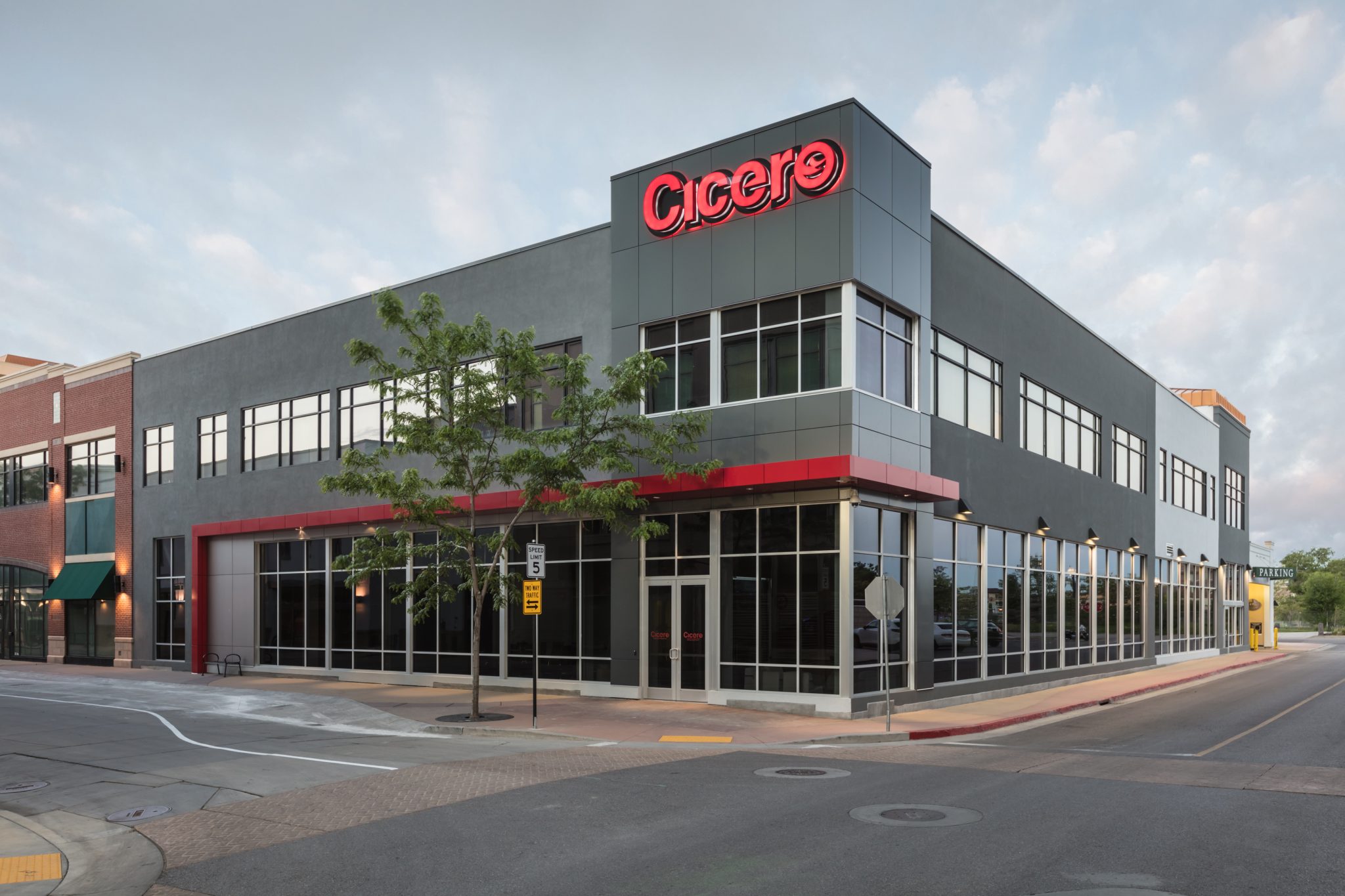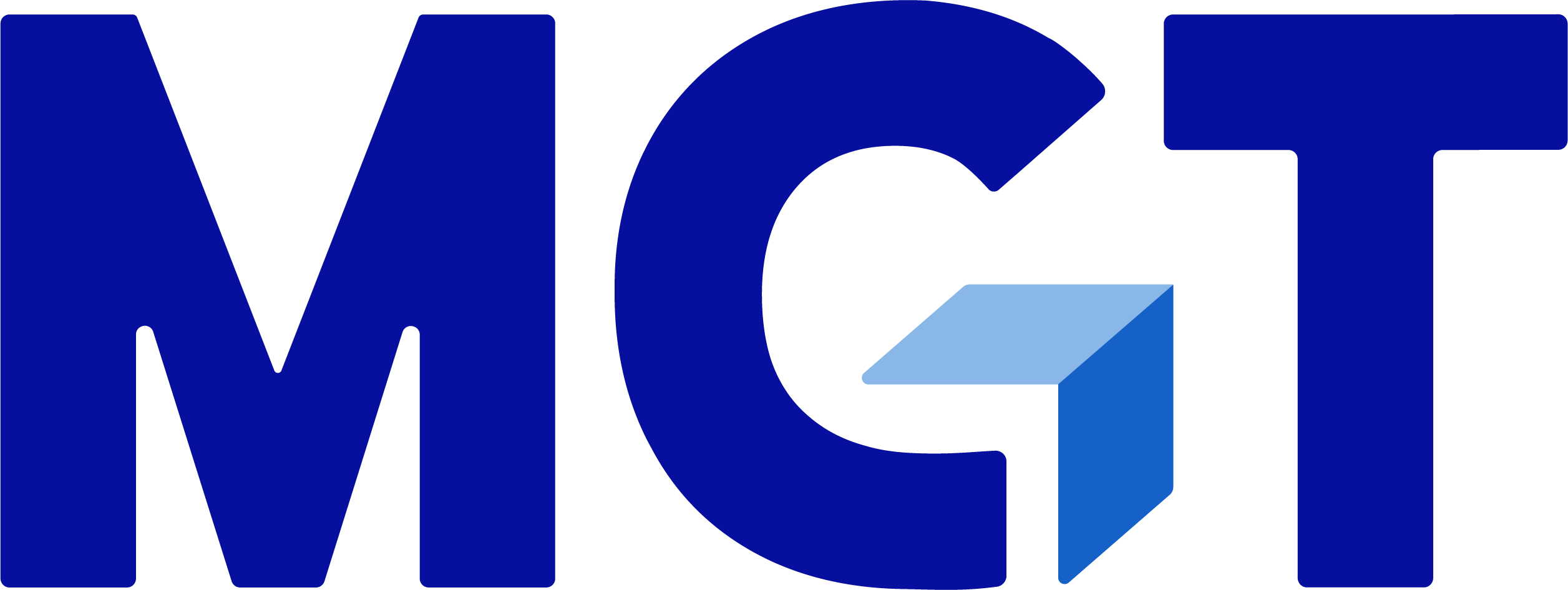You get to provide extensive professional learning (PL) opportunities for the teachers and administrators in Davis School District. What does this PL encompass?
DK: Davis has always been known for supporting its teachers with all the professional learning they need—that’s one of the reasons I came to Davis when I started teaching. The district had a reputation that, if you needed to learn something—whether it be instructional strategies, classroom management techniques, or support with materials—you could go to a training. Over the years, we’ve made these opportunities more accessible to teachers. We still do face-to-face professional learning in terms of conferences, but we also provide much more blended learning with face-to-face and online learning. We have a well-developed set of online courses, which allow teachers to earn credits and build their skillset.
One of the most critical skills you help educators develop is leadership. In your experience, what are the most impactful methods for building leadership capacity?
DK: Assessment to Achievement was a nice model of distributed leadership. The schools that leveraged A2A to the fullest extent possible were those that had principals who were able to step into a leadership role as necessary but also step out as soon as possible and let teachers lead. That was the most exciting piece to see as we did site visits. You see teachers really step up and lead their PLCs, their grade levels, and their schools. They deliver professional learning to their peers and become instructional leaders.
In one sense, as a leader, you need to set up conditions so people can step into leaderships roles. When you give people opportunities for leadership, they tend to step up and rise to those roles. In another sense, you need to provide them with the support that they need, whether it’s through professional learning, or structural pieces of the school—like providing subs or scheduling times for teams to meet.
Planning and carrying out a large-scale professional learning initiative like A2A can be daunting. What were some of the most valuable things you learned about successfully implementing PL programs from that experience?
DK: I’ve learned a lot from working with Ed Direction. One thing that always impressed me was you always overdelivered on your promises. From the inception of the [project], each piece of the planning process, whether it was PL sessions or site visits, you would make commitments to what the deliverables would be, but then you would always overdeliver.
Also, communication is key. Ed Direction always kept the state office in the loop. You always had multiple lines of communication open with us, the districts, and the schools. That was another thing that made an impression on me: the need to overcommunicate.
When it comes to professional learning, there are a lot of experts and resources out there. Who would you say is the most influential person in your life professionally, and why?
DK: Just like everyone else in education right now, I’m really excited about the work of John Hattie. There are a vast number of instructional strategies out there, but the work that he does is really important because it highlights what the best strategies are. Hattie has said there is very little we can do to hurt students, but there is a lot that doesn’t do them much good. His work helps bring into focus what moves students in the right direction. Everything “moves” students, but let’s focus on what moves students in a really significant and impactful way. That’s helpful for educators. We go into education to help students, and his work empowers teachers to do that.
Want to read more about the great things happening in Davis School District? Visit their official website. For more information about the work Ed Direction does with state and district offices, visit our Approach and Results pages.

